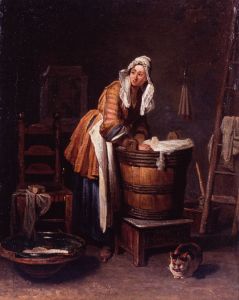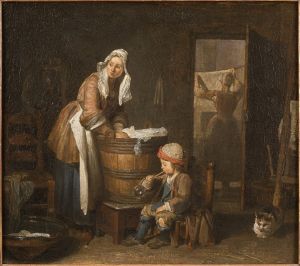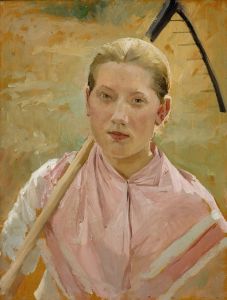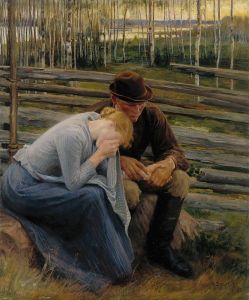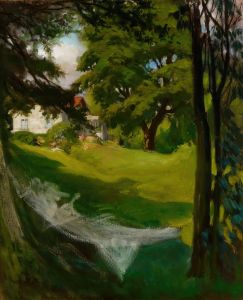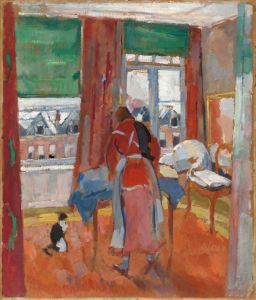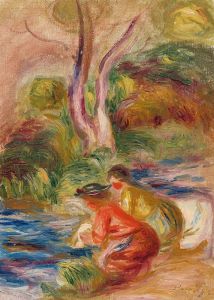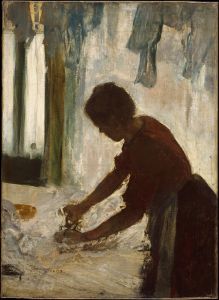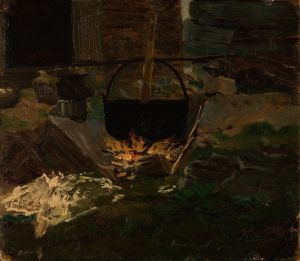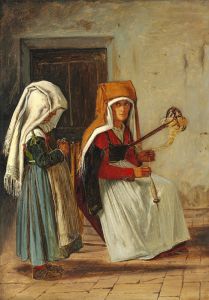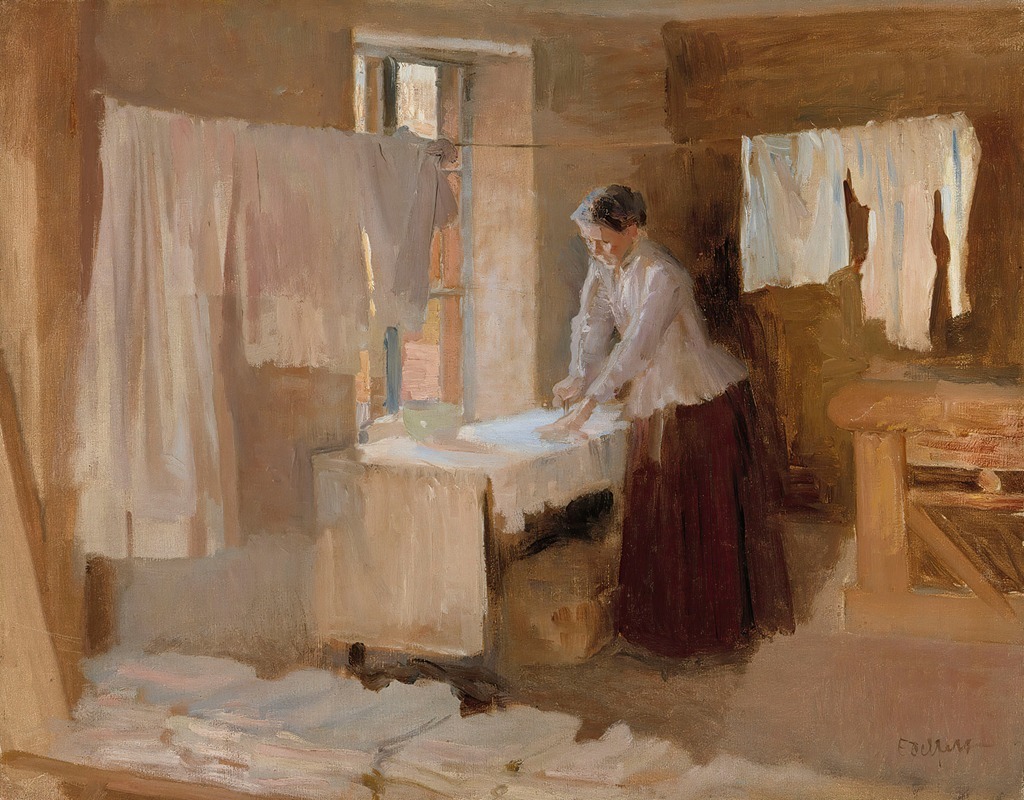
Woman Ironing, Study for the Washerwomen
A hand-painted replica of Albert Edelfelt’s masterpiece Woman Ironing, Study for the Washerwomen, meticulously crafted by professional artists to capture the true essence of the original. Each piece is created with museum-quality canvas and rare mineral pigments, carefully painted by experienced artists with delicate brushstrokes and rich, layered colors to perfectly recreate the texture of the original artwork. Unlike machine-printed reproductions, this hand-painted version brings the painting to life, infused with the artist’s emotions and skill in every stroke. Whether for personal collection or home decoration, it instantly elevates the artistic atmosphere of any space.
Albert Edelfelt was a prominent Finnish painter known for his realistic and detailed works that often depicted everyday life and people. One of his notable works is "Woman Ironing, Study for the Washerwomen," which showcases his keen eye for detail and his ability to capture the essence of domestic life.
Albert Edelfelt was born on July 21, 1854, in Porvoo, Finland. He studied art in Helsinki, Antwerp, and Paris, where he was influenced by the Realist movement. Edelfelt's time in Paris exposed him to various artistic styles and movements, but he remained committed to realism throughout his career. His works often depicted Finnish landscapes, historical scenes, and everyday life, capturing the cultural and social aspects of his time.
"Woman Ironing, Study for the Washerwomen" is a testament to Edelfelt's skill in portraying domestic scenes with authenticity and sensitivity. The painting is a study, meaning it was likely a preliminary work or exploration for a larger composition or series. In this piece, Edelfelt focuses on a woman engaged in the act of ironing, a common household chore. The painting captures the simplicity and routine of domestic life, highlighting the woman's concentration and the physicality of her task.
Edelfelt's attention to detail is evident in the way he renders the textures of the fabric, the play of light and shadow, and the woman's posture and expression. The painting reflects Edelfelt's ability to find beauty and significance in everyday activities, elevating them to subjects worthy of artistic exploration. His work often celebrated the dignity and resilience of ordinary people, and "Woman Ironing" is no exception.
Throughout his career, Edelfelt received numerous accolades and recognition for his contributions to art. He was one of the first Finnish artists to gain international acclaim, and his works were exhibited in major art capitals such as Paris and St. Petersburg. Edelfelt's ability to capture the nuances of human experience and his dedication to realism made him a significant figure in the art world of his time.
"Woman Ironing, Study for the Washerwomen" is a reflection of Edelfelt's broader body of work, which often focused on themes of labor, domesticity, and the human condition. His paintings provide a window into the lives of people in the late 19th and early 20th centuries, offering insights into the cultural and social dynamics of the era.
Albert Edelfelt passed away on August 18, 1905, but his legacy lives on through his art. His works continue to be celebrated for their technical mastery and their ability to convey the beauty and complexity of everyday life. "Woman Ironing, Study for the Washerwomen" remains an important piece within Edelfelt's oeuvre, exemplifying his commitment to realism and his appreciation for the subtleties of human experience.





